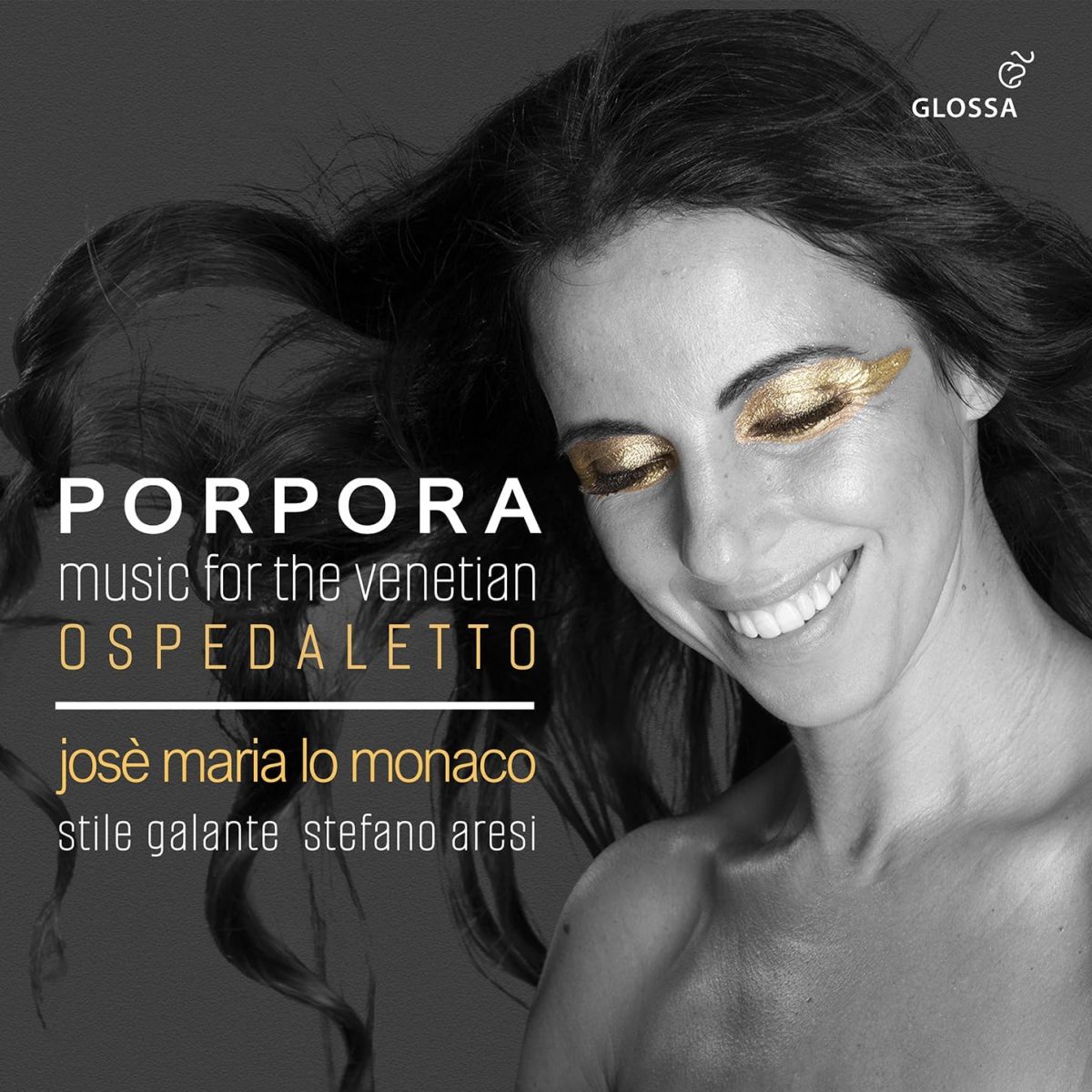Josè Maria Lo Monaco contralto, stile galante, Stefano Aresi
67:36
Glossa GCD 923537
On the inside cover of the booklet, along with the other credits, we read: “This recording is an outgrowth of musicological research seeking new insights on historically informed performance practices based upon the acoustics of the Ospedaletto in Venice”. That all sounds great, but there is no further explanation or, indeed, any other comment on the actual performance apart from a half-hearted explanation of the presence of a cello concerto on an otherwise vocal programme because there it is known that one of the women in the orchestra there was a known virtuoso on the instrument…
While the disc is promoted as an exploration of music at the Ospedaletto, in fact it focuses very much on the activities of a single singer for whom Porpora conceived a valuable body of work during his several years there (having also worked at the three other similar institutions in Venice), the alto Angiola Moro. With a range from the A below middle C to the E flat at the top of the treble clef, she apparently had no problem with chromatic scales, wide arpeggios and leaps, or rapid scales. As the “early music voice” seems to get bigger and bigger, it is no surprise to find a singer of the calibre of Josè Maria Lo Monaco tackling this repertoire, and she does it very well.
Whether or not it was played by Niccolosa Fanello, Porpora’s G major cello concerto is beautiful; its opening movement was very reminiscent of some of the slushier passages from the concertos attributed to Wassenaer. The booklet notes tell us that Porpora’s official appointment (after two years of working for free – musicians, it was EVER thus!) the violin teacher asked for extra resources to support him in getting his musicians up to the standards of the “new music”, and – if they were up to playing this piece – he clearly succeeded.
Brian Clark
